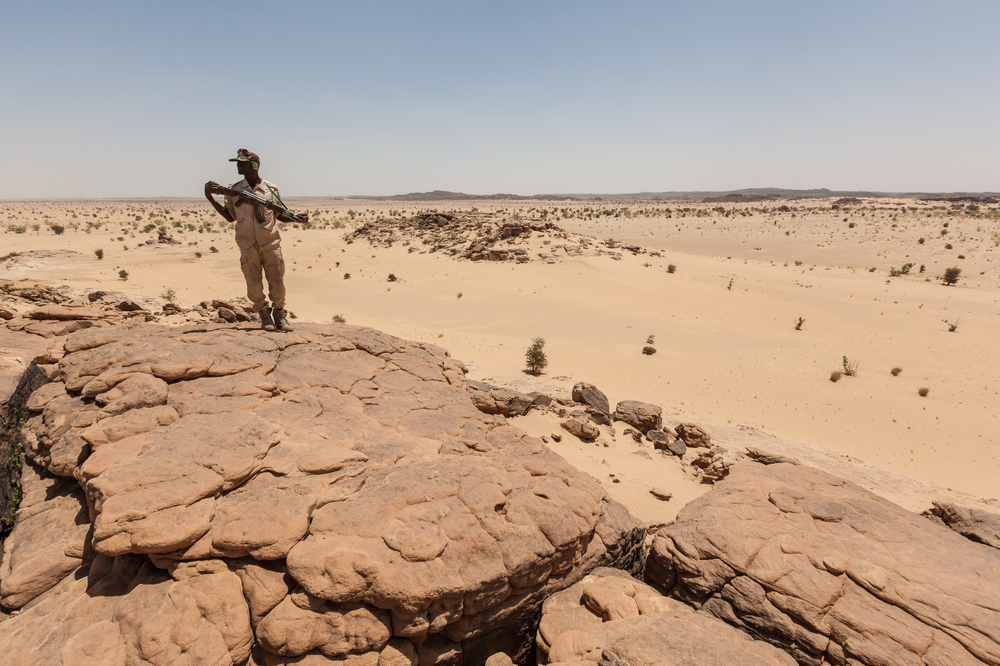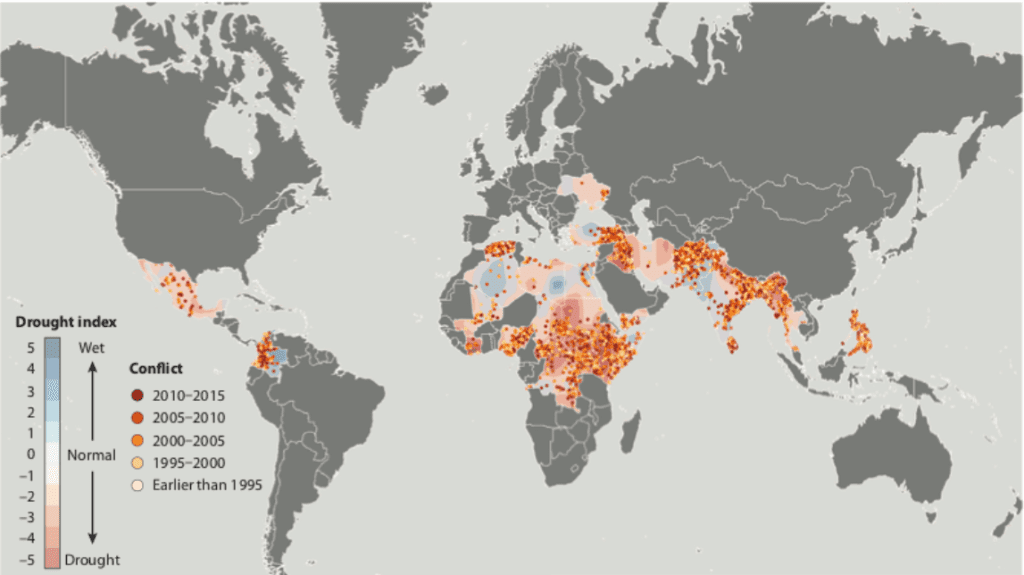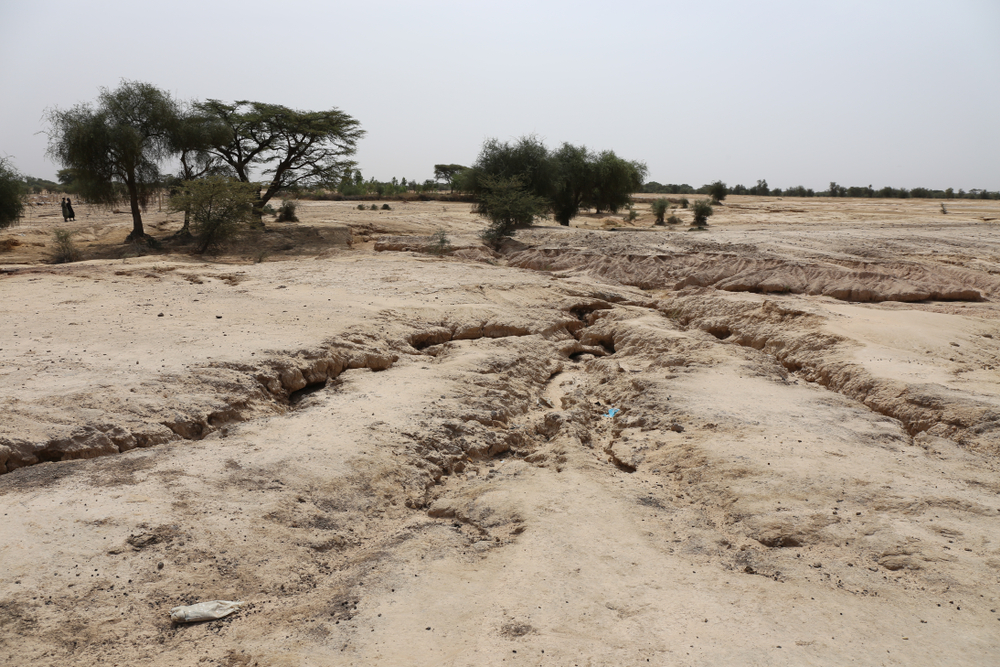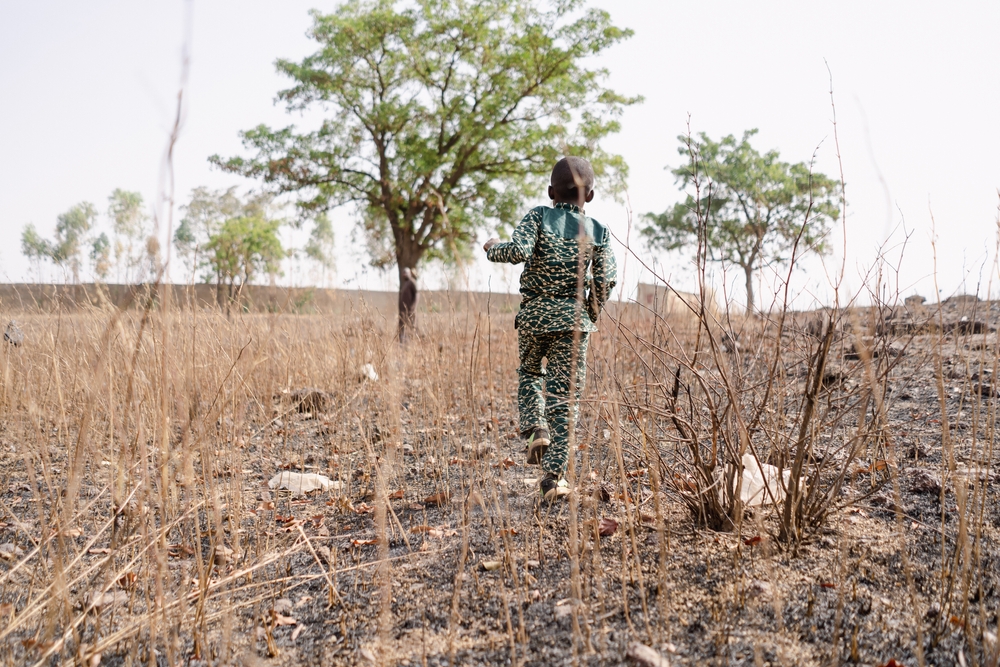This article is an opinion piece and its contents represent the standpoint of its author, not UPF Lund or The Perspective’s editorial board.
Have you ever heard about the Great Green Wall initiative? Until recently, I had not. When researching how climate change affects conflict in the Sahel, I stumbled upon an initiative with the potential of reviving a region that has been struggling with death for decades. Its aim is nothing short of creating a homegrown world wonder. But despite extraordinarily high ambitions, there is depressingly little progress: The Great Green Wall might collapse before it was even built.
This article is part of Gian D. Gantenbein’s ongoing coverage of deteriorating conditions in the Sahel. Following two insights into the conflict in the tri-state region of Mali, Niger and Burkina Faso in „Burning bridges in the Sahel – Africa’s very own Afghanistan” in the print edition of the Perspective and “Alarming Parallels – Burkina Faso on the brink of genocide?”, this article turns attention towards a catalyser of conflict: Climate Change.
It is a widely held view amongst politicians and scholars that climate change leads to the acceleration of conflicts. Global climate change leads to drought and desertification, which in turn often triggers resource scarcity. New land-use conflicts emerge while existing conflicts are triggered and refuelled, which causes violence and migration. In a broader scientific discussion, this argument remains disputed. Critics argue that the reasons for conflicts are rather of a historical or political nature. But this might be short-sighted.


Overlapping maps of the regions most affected by climate change and conflict show a striking correlation—where climate change is more prevalent, armed conflicts are more likely. The effects of climate change on conflict could lead to a dramatic increase in war. Estimates suggest that the occurrence of armed conflicts could double in the next two decades. Climate change disproportionately affects marginalised communities. It increases poverty, reduces access to crucial resources and aggravates the lack of basic services. This can certainly be seen as another indirect driver of conflict.


The effect of climate change on conflict is particularly significant in Sub-Saharan Africa. Climate change is projected to contribute to a 54% increase in civil war by 2030 on the African continent. The Sahel belongs to the most affected regions. Already, the Sahel is tormented by various parallel or interlinked conflicts. Age-old tribal and religious conflicts merge with transnational terrorism and international counterterrorism. Postcolonial resentments integrate into emerging conflicts on resources, agricultural land and subsoil assets. Political struggles and coups occur alongside organised crime. Peacekeeping troops collide with various national and international actors. And in all of these conflicts, climate change aggravates the spiral of violence.
To date, thousands have died, millions are internally displaced, and migration numbers are soaring in the Sahel, where climate change strikes harder than almost anywhere else in the world. In Sub-Saharan Africa, 500 million people live on land undergoing desertification. The Sahel is thought to have warmed by 1°C since 1970. This is nearly twice the global average.
To counter these dramatic trends 22 states came together in 2007 to create a solution, out of which 11 are still participating. The Great Green Wall (GGW) Initiative aims to reverse the effects of desertification and climate change in the region. Stretching from Senegal’s Atlantic Ocean coast to Djibouti on the horn of Africa, GGW’s incredibly ambitious plan initially was to restore a solid belt of vegetation of around 250 million hectares on currently degraded land. In addition, the initiative’s target was to create 10 million green jobs and sequester 250 million tons of carbon by 2030. In the years after 2007, when the project was launched, more than USD 8 billion were pledged to finance this enterprise. Two years ago, French President Emmanuel Macron pledged an additional € 14 billion.
But to this day, not a single cent of Macron’s financial injection has arrived. Just USD 200 million have been spent by GGW countries so far, according to a 2021 UN report. The Great Green Wall might collapse before it was even built. The progress could hardly be slower. According to different estimates, only between 4% and 11% have been completed.
This has led to a reconfiguration of the initiative’s aims and orientation. Instead of a continuous coast-to-coast green belt, GGW is transformed into a “mosaic” interlocking agricultural, wildlife and reforestation programmes. This seems to yield some genuine progress. Migratory birds and wildlife are slowly returning to formerly abandoned regions. Several millions of saplings have been planted. Over 350 000 new green jobs were made. In Senegal, almost 100 000 acres were reforested. Certainly, this forerunner nation is in a different state of stability than the landlocked countries grappling with armed conflict for decades.
But the challenges prevail. The next progress update will show how resistant the planted crops are. There are concerns as to how many saplings survive in harsh desert conditions and areas where cattle are herded. Also, the currently pledged funding is deemed insufficient to cover the rising costs in coming years, and the overwhelming majority has not been activated and paid out.


If the Great Green Wall initiative was to have any viable future, efforts have to be dramatically increased. At the current pace, the project is doomed to fail. Financial resources must be made available more easily. A great trait of GGW is that it is actually African-led, meaning that foreign interference can be reduced. Financially, however, it is still largely dependent on outside investors and supporters. Only 40% of the funds needed to reach the initiative’s goals by 2030 were pledged. The stakeholders must step up and fulfil their promises.
But for the progress to last, peace and stability are needed. If the region continues to be tormented by political turmoil, fighting climate change will not become a key priority. All the more, the industrialised states of the Global North must reduce their climate footprint and contribute to reducing the effects of climate change. In today’s interconnected world, this is nothing short of a global task that requires shared effort to solve the case. It is our shared responsibility to empower one another, to cooperate, and to join forces. The causes are intertwined, and so must be our understanding of the solutions.
The GGW provides great possibilities to durably change the Sahel. It could provide millions with green jobs and lift generations out of poverty. It could bring access to clean water and improved living conditions to millions of families. It could create a green powerhouse to reverse the effects of climate change. It could be a foundation for durable peace. But, to achieve that, the Great Green Wall must be built first. And it must be built soon.
By Gian Gantenbein








